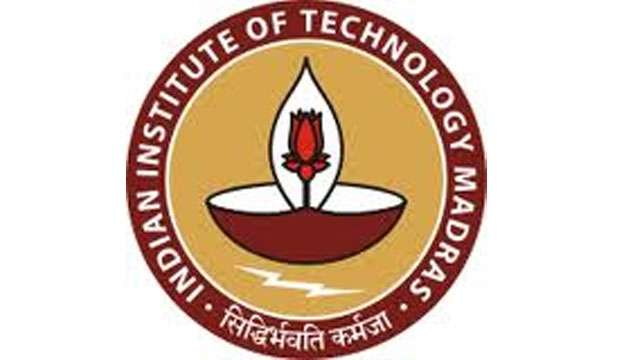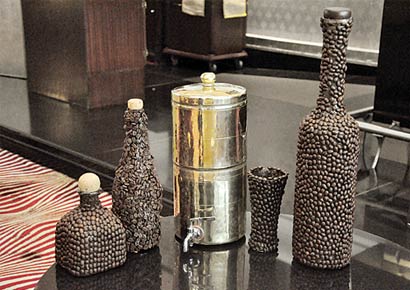Wind monitoring masts coming up across Tamil Nadu to assess density
Chennai, August 30th
Tailwinds are spurring on the wind power sector in Tamil Nadu. As is well known, Tamil Nadu is the national champion of wind energy, with 7,055 MW of wind power capacity, or about 40 per cent of all wind power capacity in the entire country. In 2011-12, the wind mills in Tamil Nadu produced 9.7 billion units, accounting for 13 per cent of all the energy fed into the grid. On the basis of this solid foundation, a beautiful edifice of renewable energy is being built in the state.
First, the State is working towards a wind power capacity addition of 6,000 MW by 2017. Indeed, making this happen is a no-brainer. There is a tremendous demand from wind power producers to set up shop in Tamil Nadu, for, unlike what was believed earlier, the onshore potential in the State is far from exhausted. True, the bottleneck today is transmission infrastructure, but it is just a matter of time before that problem is solved.
But the game-changer lies in what is beginning to happen in the seas. The State has a rich offshore wind potential and it is perhaps a recognition of this that the State electricity board’s Chairman Rajeev Ranjan has been appointed the Chairman of a committee that has been formed by the Ministry of New and Renewable Energy to look into the prospects of offshore wind energy in the entire country. “It is evident that offshore wind deployment in Tamil Nadu could become commercially viable despite high costs,” says Mr Ranjan.
It has been estimated that the offshore wind potential off Tamil Nadu coast is as high as 1,27,428 MW. Four companies have submitted proposals for the development of offshore projects in the (range of 500 MW), off the coast of Rameshwaram and Kanyakumari.
The Government of Tamil Nadu has taken special initiatives towards exploring the feasibility for development of coastal wind power projects. The Tamilnadu Energy Development Agency (TEDA) is contemplating entrusting C-WET with a study to assess the wind power density on the entire coast of Tamil Nadu.
DEVELOPMENTS ONSHORE
The State Government has asked TEDA to put up wind monitoring masts at several locations. In consultation with the Centre for Wind Energy Technology, a research body under the Government of India, TEDA has just installed and commissioned two 80-m high wind monitoring masts at Ittarai in Erode district and Vellamadam in Tuticorin district. Another will be installed at the hill station of Yercaud shortly. Further, TEDA and C-WET have jointly finalised 10 more locations in various districts where 100-m high wind masts will be put up.
Despite temporary problems with evacuation, the industry is thronging Tamil Nadu to put up wind mills because the economics work out very favourably here. The tariff has just been hiked to Rs 3.51 a unit and given the windy conditions, power producers obviously find it worthwhile to pitch their mills here.
EVACUATION INFRASTRUCTURE
The only problem the industry fears is evacuation and, as said earlier, this problem is getting solved. How?
The present infrastructure can evacuate about 5,000 MW of wind power. “It is necessary to establish dedicated 765/400 kV and 230 kV substations and associated extra high tension lines in Tirunelveli and Udumalpet areas to accommodate the capacity addition of 3,000 MW that is in the pipeline and to further accommodate 10,800 MW under load flow study,” says Mr Ranjan. Accordingly, the government is in the process of setting up 23 dedicated wind farm substations in Tirunelveli area and 16 dedicated wind farm sub stations in Udumalpet area. The government proposes also to establish “regional load despatch centre” exclusively for monitoring and control of wind generation.
The government is also working on a project to implement a 400 kV wind power corridor. This would comprise setting up of three 400 kV substations and 393 km of 400 kV DC line. The cost of this project has been estimated at Rs 1,076.72 crore.
The State-owned electricity generation and distribution utility, TANGEDCO, has approached the Ministry of New and Renewable Energy for a grant of Rs 4,160 crore out of the National Clean Energy Fund. The Central Electricity Authority has recommended to the Ministry for the release of Rs 2,752 crore for phase-I and Rs 1,408 cror for phase II.
source: http://www.TheHinduBusinessLine.com / Home> News> States / by Hindu Bureau / August 30th, 2012




